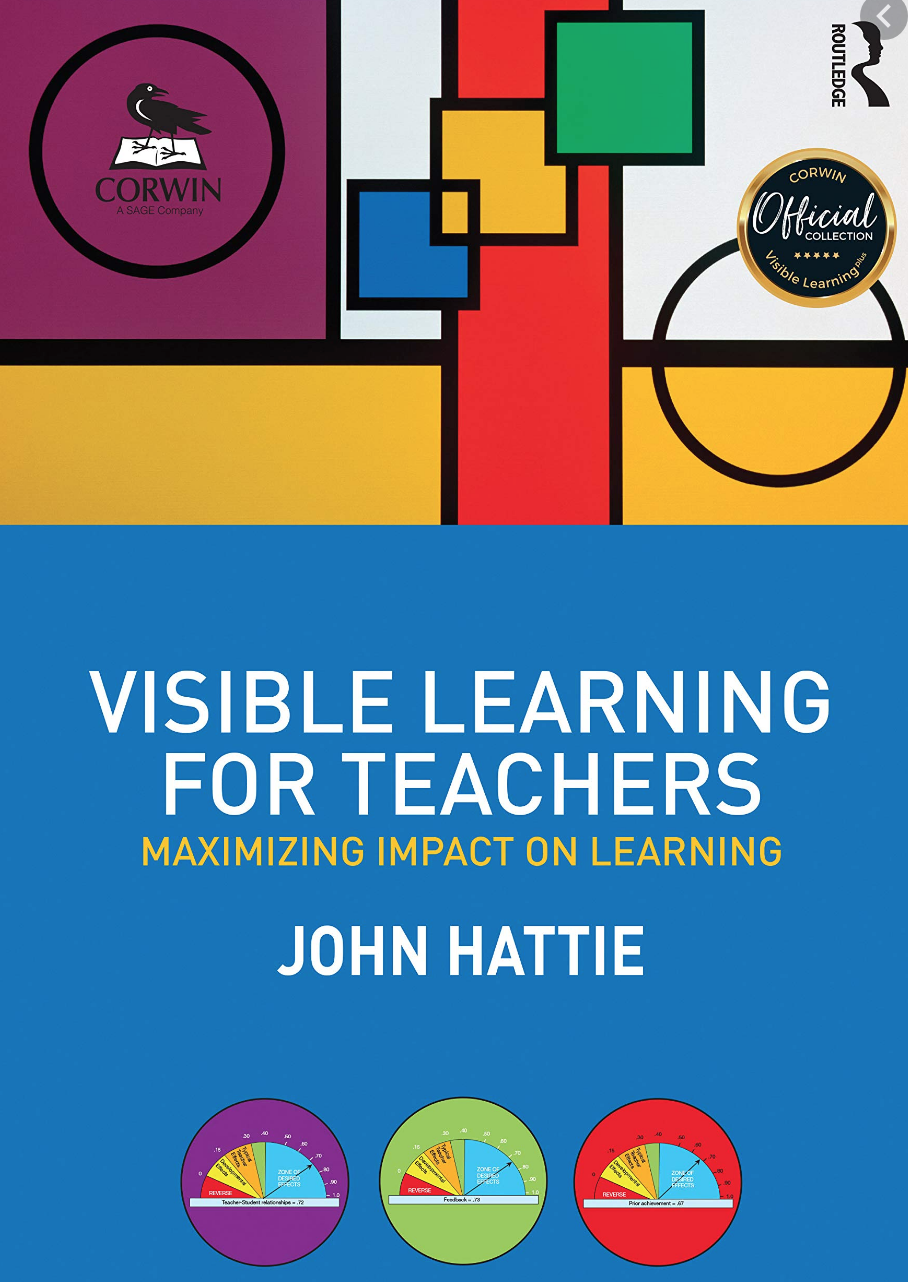Academic Teaming
Written by Ashley Taplin
Last week, I had the opportunity to attend a conference by Steve and Michelle Ventura focused on growing our teams through data, strategies, and teacher clarity. We dove into Visible Learning research, founded by John Hattie, which synthesized instructional influences and ranked their effect size on learning. Hattie found that .4 was the average effect size of a year’s growth and thus, the strategies that are identified as .4 or higher can have an even greater impact on student learning. When educators apply the Visible Learning research they “can make informed decisions based on evidence to maximize their time, energy, and resources” (https://www.visiblelearningmetax.com/research_methodology). Below are some specific ideas that can easily be implemented into your academic teams to positively impact student achievement.

Collective Teacher Efficacy
The highest influence that has the potential to considerably accelerate student achievement is collective teacher efficacy. This is the “collective belief of teachers in their ability to positively affect students” (https://visible-learning.org/2018/03/collective-teacher-efficacy-hattie/).

Hattie explains that “when you fundamentally believe you make a difference and you feed it with the belief that you are, then that is dramatically powerful.” There are many ways to develop collective teacher efficacy, but one of my favorite activities you can do as a teacher team or staff can be found on Ventura’s website called Collective Intelligence Resume. I have done this with several teams and it is such a powerful experience! After collaborating in this process, teachers saw the skills and strengths that others are bringing to their classroom, the school, and the team, and felt a greater sense of efficacy.

Strategies Book & Play Card
Reflecting on our teaching and discussing specific strategies is another important aspect of teams. Steve and Michelle Ventura showed us an instructional strategies flip book they created in which every strategy featured has a large effect size. This is such a valuable resource to bring to our teams when planning initial instruction, intentional interventions, and/or enrichment opportunities. One of my favorite strategies in the book that encourages collaboration and discussion among students is Teammates Consult, pictured here.

After reading through this flip book, I created a play card (above) that teachers can print out to keep on their desk, put around their lanyard, and/or bring to team meetings to discuss strategies they will incorporate. Each strategy from the flip book is categorized into one of 5 domains. The focus questions can help a team have rich conversations as they analyze data and plan for instruction. Similar to sports coaches, we as teachers can use this tool for reflection, planning, and actionable steps to growing student achievement.
